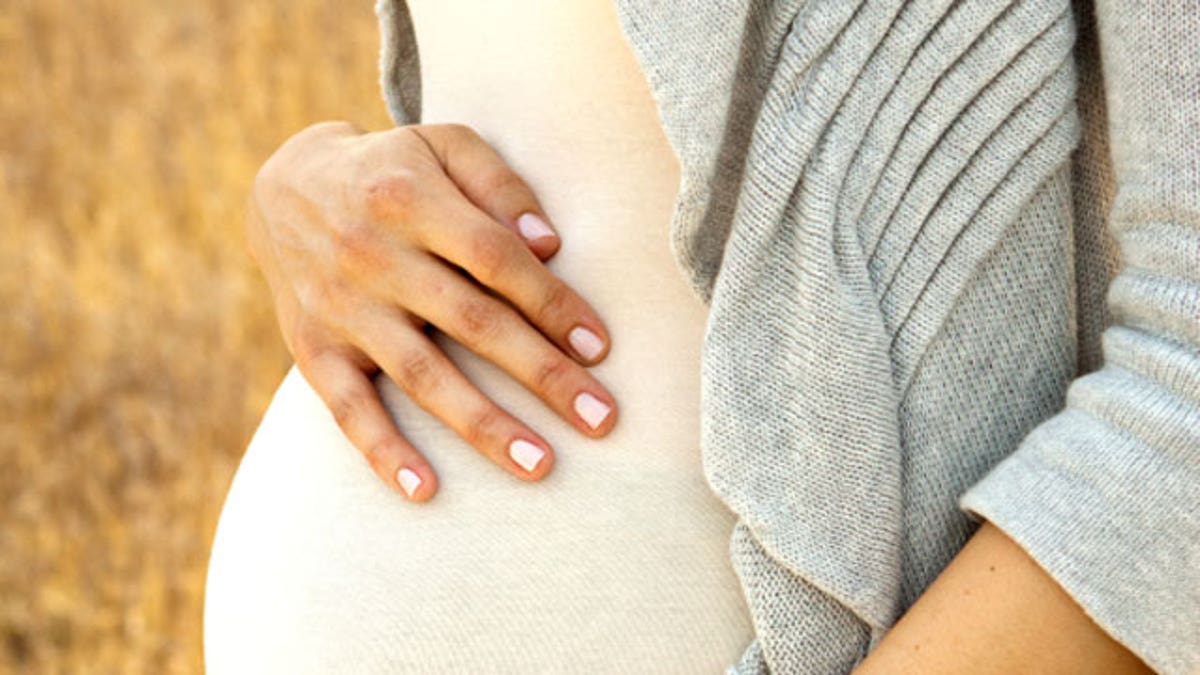
(iStock)
Less women are having babies in the U.S., according to a new report by the Centers for Disease Control and Prevention.
The number of births fell 4 percent from 2007 to 2009, which is the biggest drop for any two-year period in 30 years. Fertility rates for women between the ages of 15 to 44 – also known as the childbearing years – also fell during this same time frame.
However, analysts say declines in the early 20th century and in the 1960s and early 1970s were much more dramatic than those currently reported by the CDC.
Key findings from the report:
- From 2007 through 2009, birth rates for women aged 15–44 (fertility rates) fell for most states and nearly all major population subgroups.
- Birth rates declined for all women under age 40 with some of the largest decreases for women in their peak childbearing years.
- Fertility rates dropped for all major racial and Hispanic groups with the largest declines among Hispanic women.
- Birth rates by live-birth order also fell with the largest declines for third-order births and progressively smaller declines for second- and first-order births.
- Fertility rates decreased or were unchanged in every state and the District of Columbia with the largest declines among western and southeastern states.
Click here to read the full report from the CDC.
The Associated Press contributed to this report.
